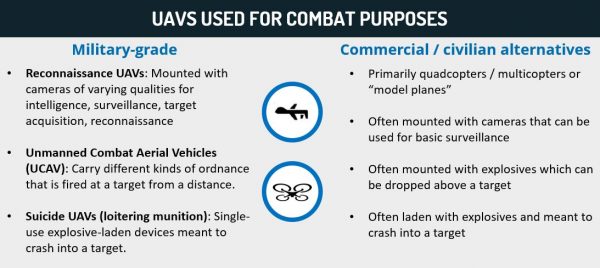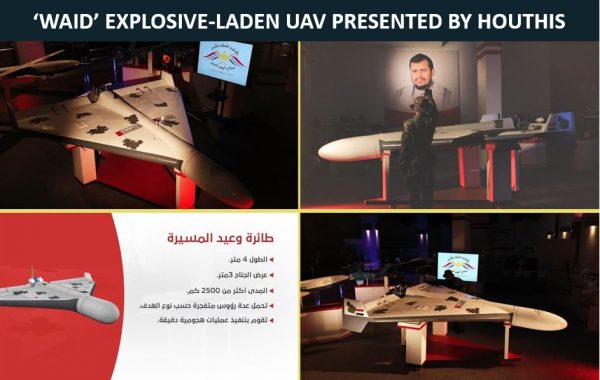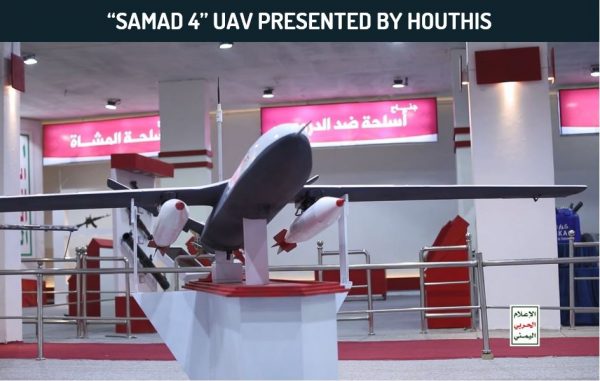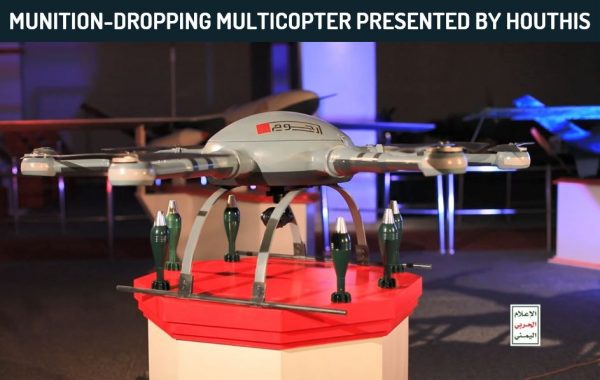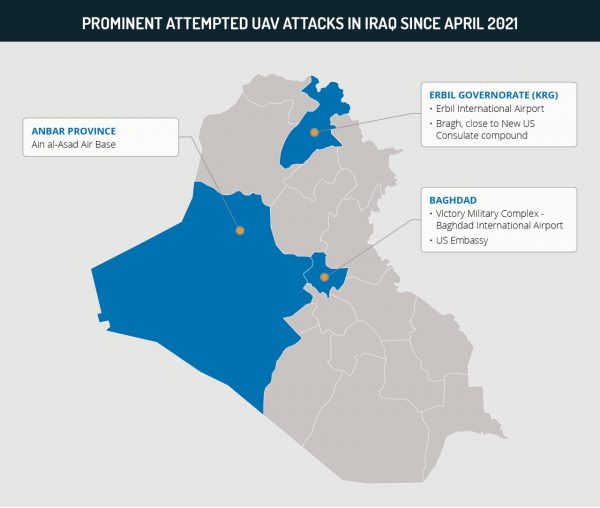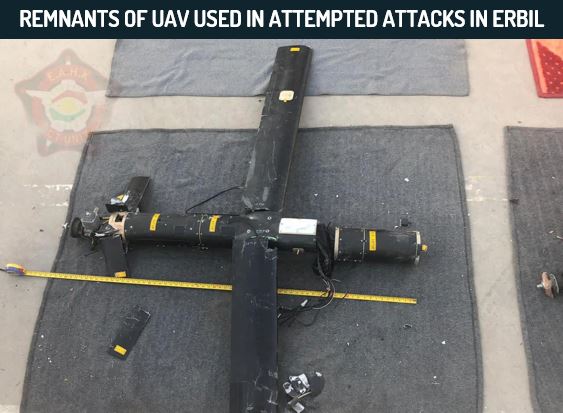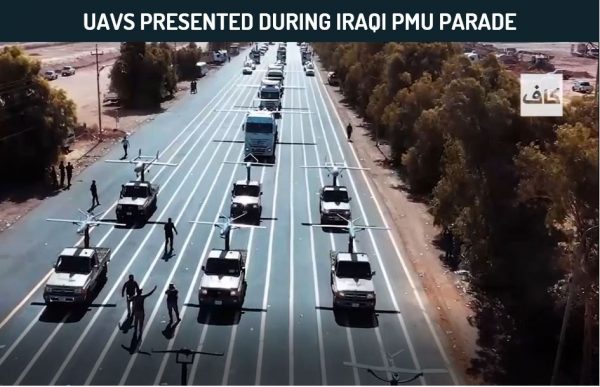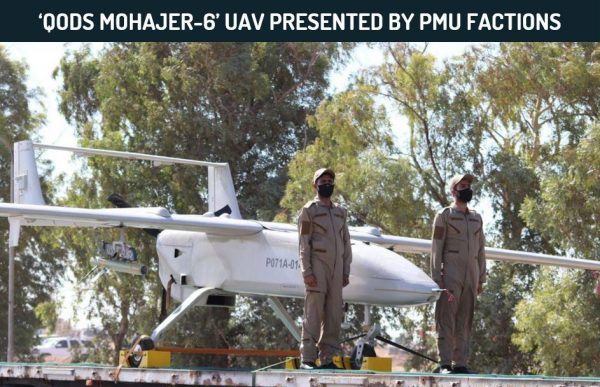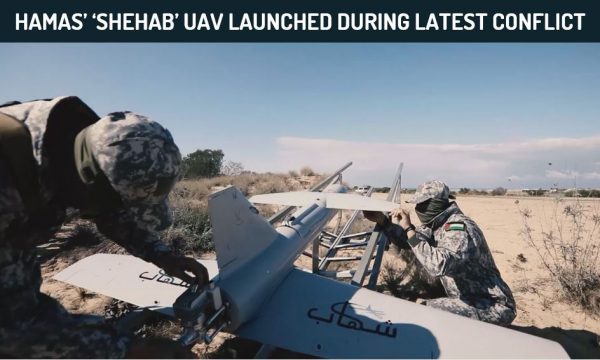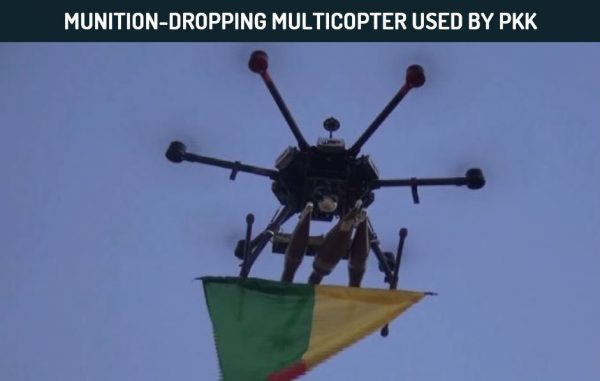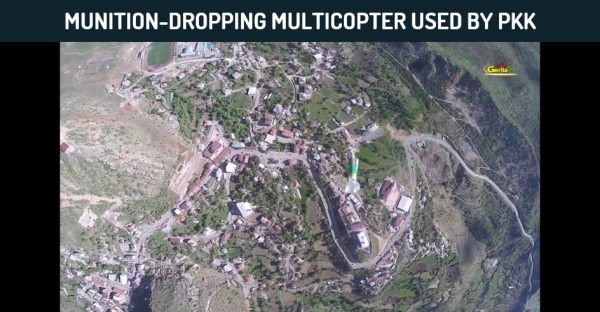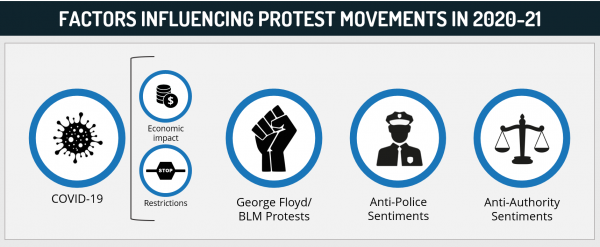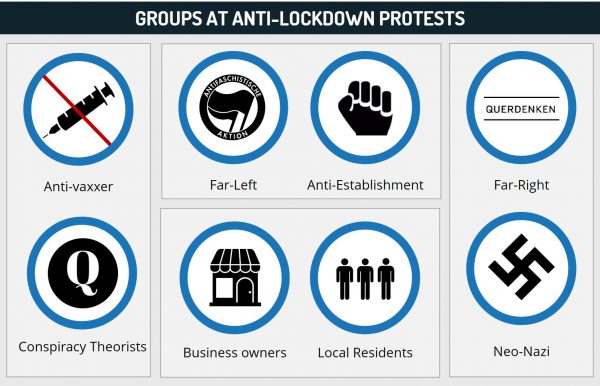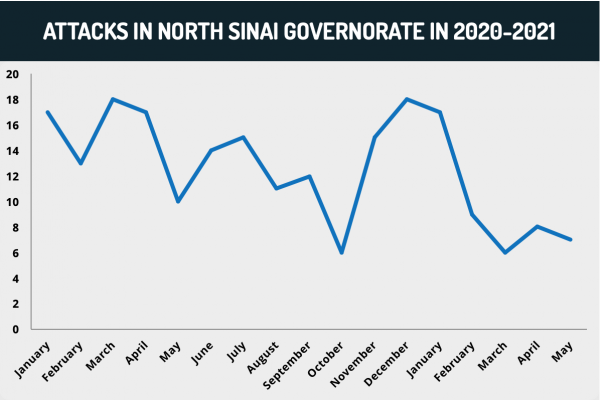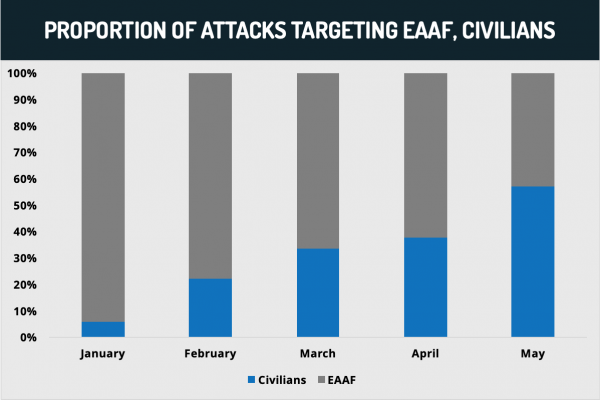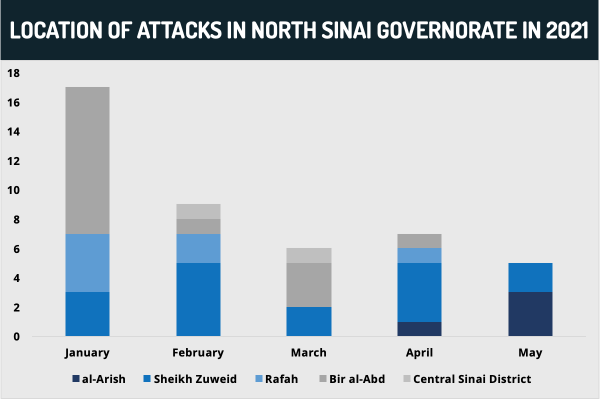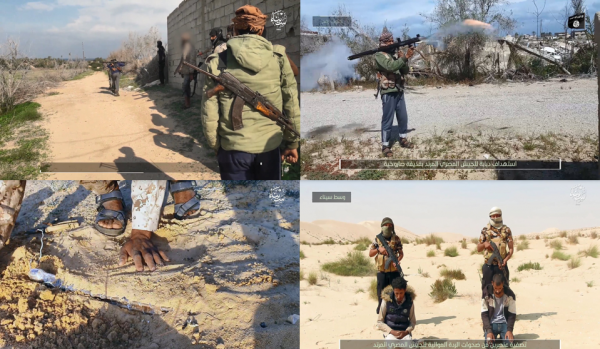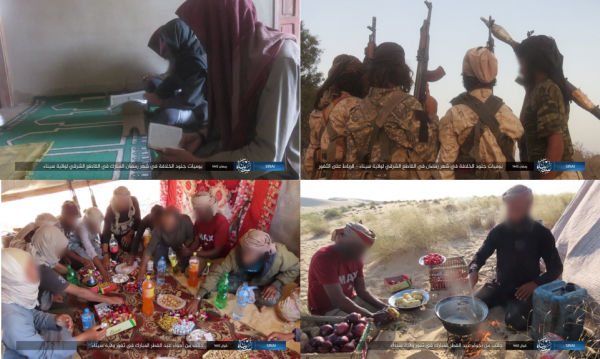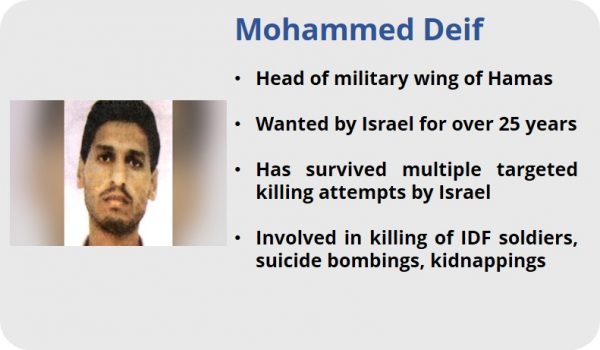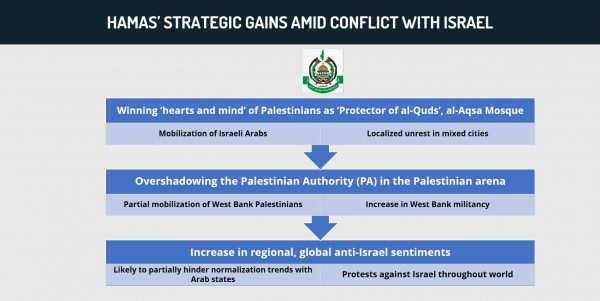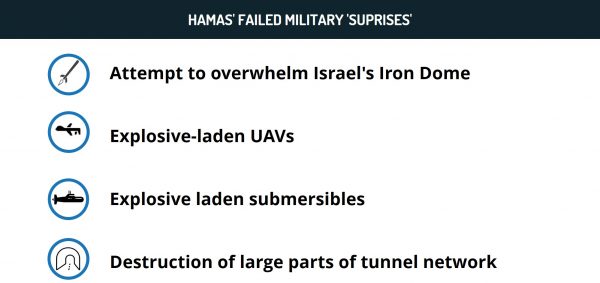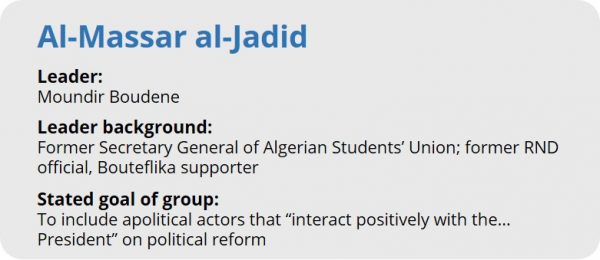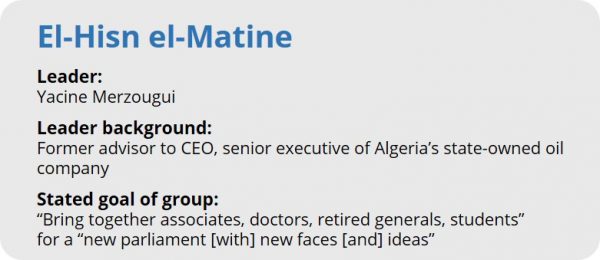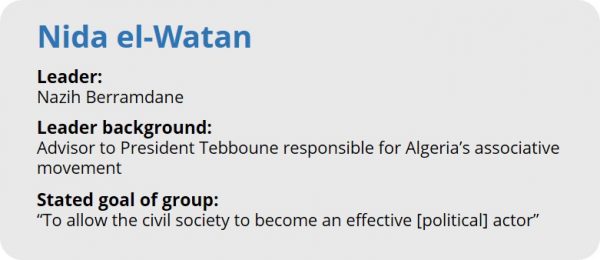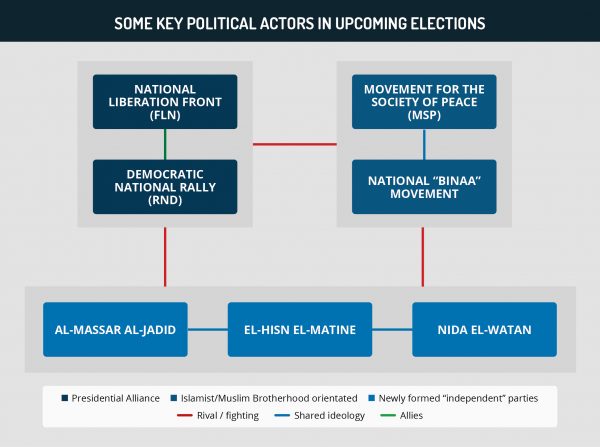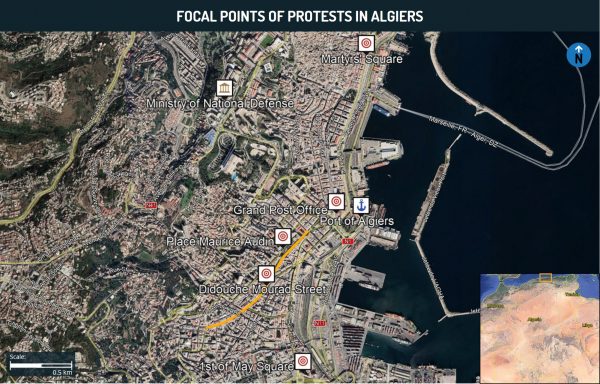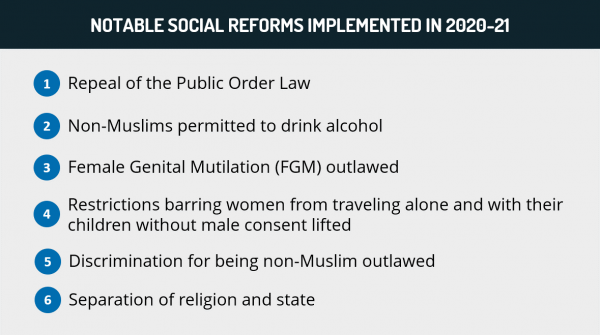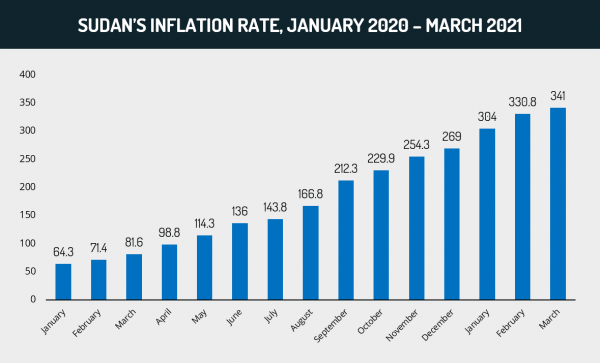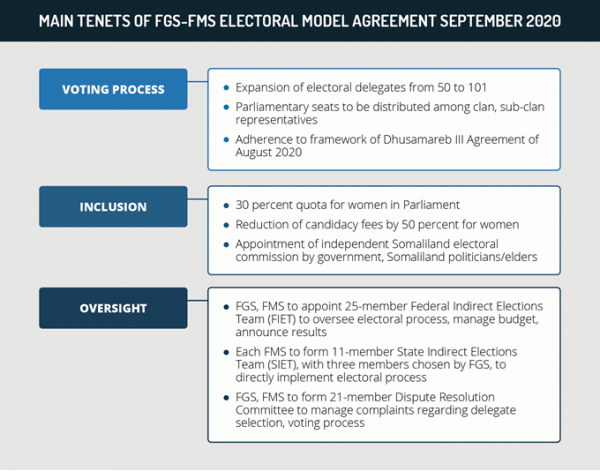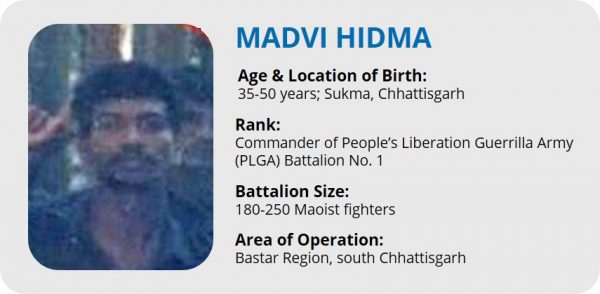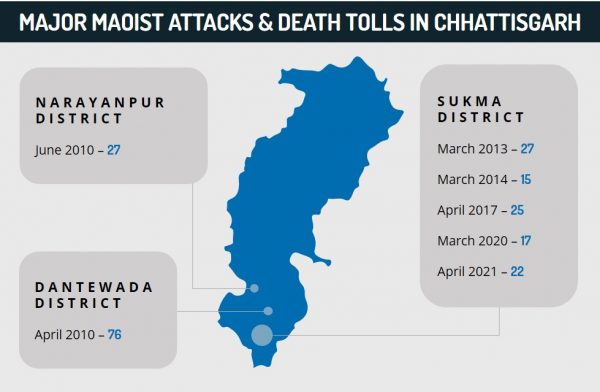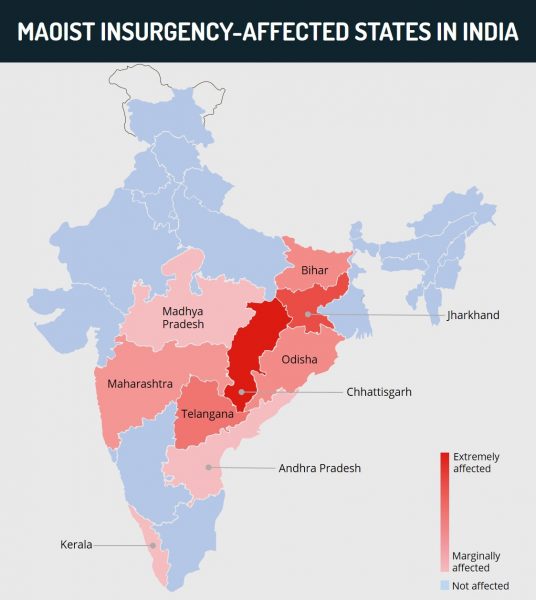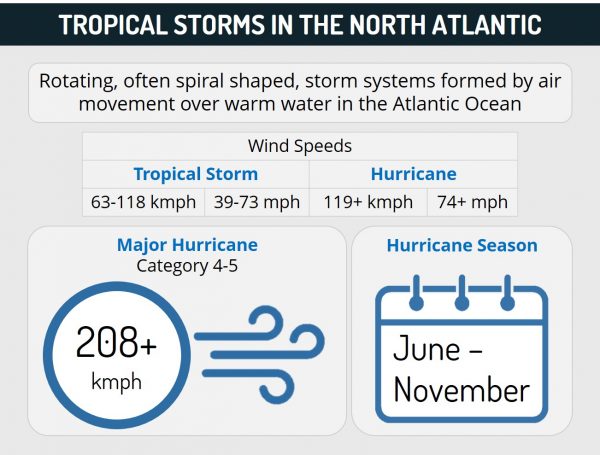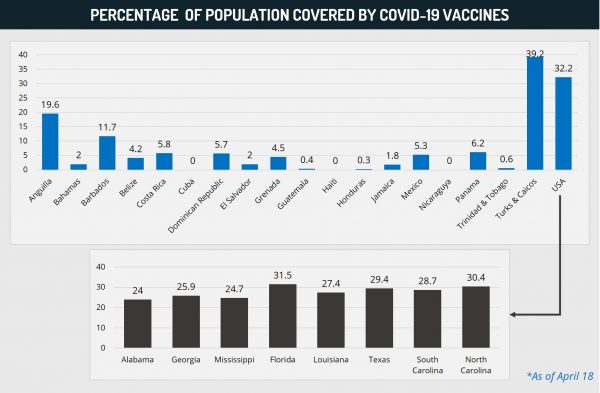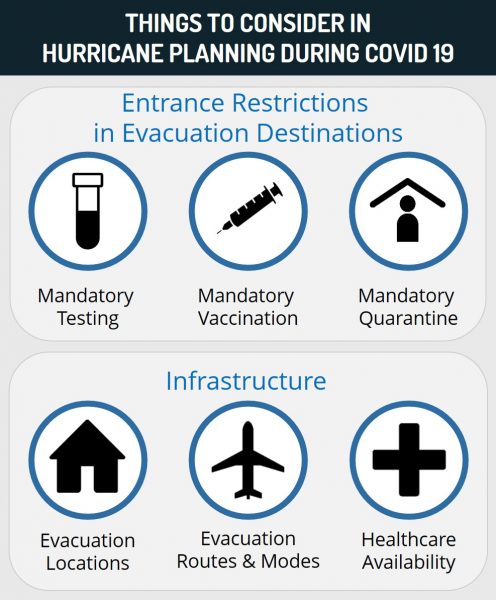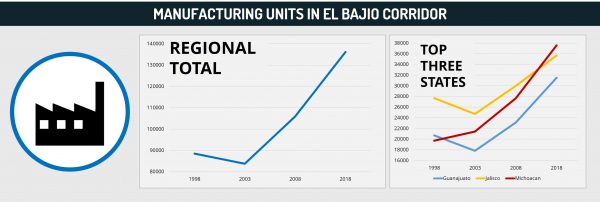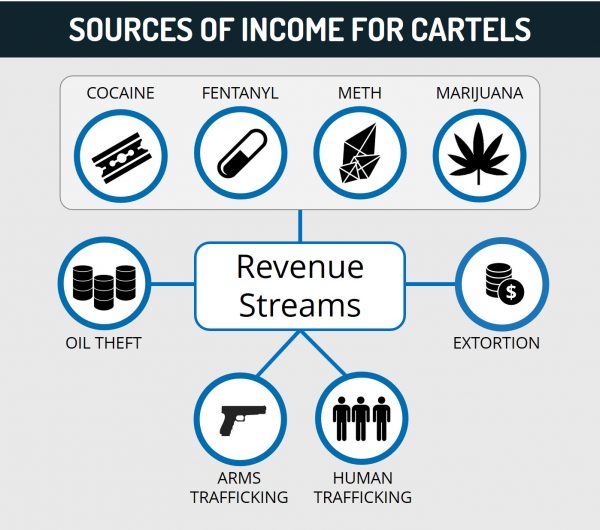MENA Analysis: Use of UAVs by non-state actors to grow in scope, potentially pose greater risk to civilian infrastructure in coming year
Executive Summary:
- As part of a global phenomenon, there has been a recent increase in the scope and frequency of unmanned aerial vehicle (UAV) attacks by non-state actors in the Middle East. This trend has most manifestly been spearheaded by Iran, which has strategically developed UAV technologies and transferred arms and knowledge to its regional allies and proxies.
- UAV capabilities will continue to be disseminated to Iran-backed groups in the region, particularly in territories with strong Iranian influence and/or weak governance, such as Iraq, Lebanon, the Gaza Strip, Syria, and Yemen. This poses an increased threat towards Iran’s regional adversaries, including US allies Israel, Saudi Arabia, and the UAE, which may extend to civilian and commercial infrastructure as well as military assets.
- To combat this threat, prominent Western states, including the US and its allies, will prioritize the investment and development of more sophisticated air defense systems that can mitigate the risk posed by UAVs. This is particularly because these devices boast various advantages, such as being relatively inexpensive and flying at low altitudes, which challenge aerial defense systems.
- Other regional militant groups, such as the Kurdistan Workers’ Party (PKK) and jihadist organizations, will continue to engage in efforts to locally develop improvised UAV capabilities. These efforts are likely to remain limited in scope, in part due to these groups’ diminished capabilities and their lack of prominent supporters at the state level.
- Those operating at strategic civilian infrastructure and military bases in the MENA region are advised to review security protocols and ensure the provision of suitable shelters that can sustain the impact of combat UAV attacks. Conduct awareness training for employees on the risks and threats of UAV attacks. Consult with us at operations@max–security.com.
Saudi Arabia & Yemen
Houthi forces in Yemen have been using combat UAVs to launch cross-border attacks into Saudi Arabia in a growing capacity over recent years. This project is directly supported by Iran, as widely established by international actors and by the resemblance of some of the Houthi UAVs to Iranian-made UAVs. The most commonly used Houthi UAV, the “Qasef-2k”, resembles the Iranian “Ababil-T”. Direct Iranian support to the Houthis also enables the Yemen-based movement to periodically exhibit new types of UAVs. On the most recent occasion, on March 11, 2021, Houthi forces introduced for the first time the “Waid”, a suicide UAV with an alleged range of 2500 km, far greater than the declared ranges of the rest of the Houthi fleet. They also introduced the “Samad 4”, the first UAV in the Houthi arsenal that would be used as a UCAV, namely a bomb-dropping aircraft, which can be used for repeated attacks, as opposed to suicide UAVs. At the same event, the Houthis also introduced the “Rujum”, a mortar-dropping multi-copter.
Iraq
The use of explosive-laden UAVs against US-linked interests in Iraq has been an emerging trend since April. On April 14, an explosive-laden UAV targeted the Kurdistan Regional Government’s (KRG) Erbil International Airport, reportedly damaging a CIA-linked hangar at the site. On April 15, explosive-laden UAVs targeted Anbar Province’s Ain al-Asad airbase, which hosts US troops and private security firms. On June 21, UAVs targeted the Victory Military Complex base, a cluster of US military installations in and around Baghdad International Airport. On June 26, explosive-laden UAVs hit a civilian area in relative proximity to the new US Consulate compound in Erbil. This prompted the US to launch airstrikes against Iran-backed Shiite militias stationed on both sides of the Syrian-Iraqi border. Washington maintained that these Iran-backed militias were engaged in “UAV attacks against US personnel and facilities in Iraq.” During the night hours of July 5, the US Embassy in Baghdad activated its aerial defense system, the counter-rocket, artillery, and mortar (C-RAM) system, and eliminated an “airborne threat.” The following day, a UAV attack targeted Erbil International Airport and on July 7, US-backed Syrian Democratic Forces (SDF) troops stated they had foiled a UAV attack targeting US-led coalition forces near al-Omar Oil Field in Syria’s Deir Ezzor.
Iraqi Popular Mobilization Units (PMU) factions, some of which are financed and armed by Iran as well as taking orders from Tehran, held two different military parades in June during which they presented various UAVs that are either Iranian-made or resemble Iranian drones. This indicates that these have become part of the PMU’s inventory. Most notably, images published from the parade on June 26 showed an Iranian “Qods Mohajer-6” UCAV, which can carry up to two air-to-ground precision-guided munitions, particularly Iran’s “Qaem” missiles. Some UAVs also resembled the Houthis’ “Samad” series of combat UAVs, some of which have a reported range of between 1500-2000 km. This underscores that Iran is the architect of a wider project likely involving the transfer of knowledge and drone technology, which is being exported to its various regional proxies and replicated for use in the specific arenas in which they operate.
Israel & Palestinian Territories
Gaza Strip: Hamas and the Palestinian Islamic Jihad (PIJ), both of which are also supported by Iran to varying degrees, have dedicated efforts to establishing combat UAV capabilities over recent years. The latest conflict between Israel and the Gaza-based militant factions during May highlighted that Hamas seeks to enhance its UAV capabilities with assistance from Iran. This included the introduction of the “Shehab”, which also bears resemblance to the Iranian “Ababil” series, and by extension, to the Houthis’ “Qasef-2k”. Hamas attempted to target Israel’s “Tamar” offshore natural gas platform with the aircraft before it was downed by the Israeli Air Force (IAF). Hamas launched additional UAVs towards Israeli territory in the immediate vicinity of the Gaza Strip during the 11-day conflict.
Northern Israel: During this conflict, on May 18, the Israel Defense Forces (IDF) announced that it had downed a UAV that crossed the Jordanian border area into Israel’s Emek HaMaayanot. Former Israeli Prime Minister Benjamin Netanyahu stated that the UAV was launched by Iranian forces from either Iraq or Syria.
Turkey
On May 18-19, two “model planes” targeting southeastern Turkey’s Diyarbakir Airport were downed by Turkish air defense systems. In the subsequent days, the authorities announced the closure of the airport for a month-long repair period, indicating that the UAV attack caused damage to the facility. Turkish Armed Forces (TSK) military sites were also targeted with such devices in Batman and Sirnak provinces on May 19-20. On May 11, a “model plane” was downed by TSK forces in northern Iraq’s Metina region. The Kurdistan Workers’ Party (PKK) occasionally claims and publishes video footage of similar attempted attacks, particularly in northern Iraq and Turkey’s southeastern provinces. Most of these attacks include explosives-dropping multicopters.
Other global examples:
All of the abovementioned incidents and trends point towards a growing willingness by non-state actors to acquire and bolster UAV capabilities. This is a global phenomenon, which is not limited to the MENA region. For example, in Mexico, on April 21, members of the Cartel Jalisco Nueva Generacion (CJNG) reportedly attacked a police convoy with an “aerial-borne explosive” in the town of El Aguaje, highlighting the diversification of cartels’ techniques to attack security forces. In India, on June 27, multiple UAVs targeted the Indian Air Force’s (IAF) Jammu Air Force Station in Jammu & Kashmir, constituting the first such use of UAVs against Indian military assets. In the Lake Chad Basin region, the Islamic State’s West Africa Province (ISWAP) has utilized UAVs for the purposes of surveillance and reconnaissance, particularly to gather intelligence on the Nigerian Army’s movements. However, this report will focus on the proliferation of UAVs in the MENA region, the impact and future outlook of which will now be explored.
Assessments & Forecast:
Iranian effort to equip regional allies, proxies with attack UAV capabilities to increase
- Iran has dedicated significant efforts in recent years to investing in and developing UAV technology, underscoring that this dimension constitutes a strategic priority for Tehran. This is illustrated by Iran’s January 5 unprecedented military drill, which was dedicated to UAVs, wherein military forces presented 154 UAVs of varying models. In a testimony delivered to the US House Committee on Armed Services in April, General Kenneth McKenzie, the commander of the US Central Command, stated that due to Iran’s development and use of small- and medium-sized UAVs “for the first time since the Korean War, we are operating without complete air superiority.” This highlights the level of concern within the US’s security establishment pertaining to the threat posed by these types of arms and indicates that the US military upper echelons have identified gaps with regards to US troops’ ability to mitigate this threat. FORECAST: Such assessments are likely to embolden Iran and its proxies to invest further in this field, as part of the prolonged effort to diminish the military superiority of the US and its allies in the Middle East and bolster Tehran’s influence in the region. This is particularly because UAVs pose multiple challenges to established militaries and defense systems that can partially change the balance of power:
- The emerging security situation in Iraq in particular highlights that Tehran is actively engaged in transferring domestically-made UAVs to its backed forces and providing them with the knowledge to manufacture similar devices independently, many of which resemble original Iranian models. The Iraqi arena serves as an example of the wider threat posed in areas in which Iran has proxies or influence. The proliferation of UAVs to its proxies, as well as the transfer of technology and knowledge required to independently construct them, meets several objectives for Iran. As well as bolstering its allies and proxies to become a greater threat to the US and its allies in terms of military capabilities, it empowers them to proactively launch attacks and advance common interests with Iran. In Iraq, for instance, this is primarily to force the US to completely withdraw its troops from the country, which would allow Iran to increase its foothold in the country. In Israel and Saudi Arabia, both traditional US allies, this includes asymmetric warfare aimed at overcoming sophisticated air defense systems and attacking strategic infrastructure such as energy installations, which would constitute a symbolic blow to these countries.
- On a geopolitical level, the ability to partially challenge US interests militarily can potentially grant Iran some leverage over Washington and force it to make concessions, particularly amid ongoing indirect talks to revive the nuclear agreement. Furthermore, should Iran seek to order or encourage attacks without being held directly responsible for their consequences, the empowerment of proxies also enables Tehran to adhere to a policy of plausible deniability. This allows Iran to distance itself from attacks by insisting they were conducted by autonomous military actors, which can reduce the likelihood of international actors successfully holding Iran as culpable for perceived acts of aggression and thus retaliating in kind.
- FORECAST: Iran will thus invest further in expanding UAV capabilities to its regional allies, particularly in the Gaza Strip, Yemen, Iraq, Syria, and Lebanon, where governance is weak and/or the ruling authorities (or some of them) are either receptive to Iranian support or actively seek it. All of these territories also share borders with countries that are Iran’s foes or that have considerable ties with the US and the West. By enhancing the capabilities of the US’s adversaries, Tehran can undermine the interests of Washington’s allies in the region, one of the primary motivations for this elevated UAV capacity. This is especially due to the ability of non-state military actors, such as the Houthis and some PMU factions, to vastly increase the range of their UAV attacks, as shown by the increasing number of incidents where these devices have successfully penetrated enemy airspace for a significant time and distance. The quality and number of combat UAVs in the region will likely increase over the coming year in these countries. This will pose a growing threat to US forces and their allies in the broader region, given that areas within Syria, Iran, and Lebanon, may be used as launching pads for UAV attacks into other states, such as Gulf countries where the US has strong ties, especially military ones. This could include the UAE, Bahrain, Kuwait, and Qatar, although Iran will tread cautiously with such actions as it seeks to refrain from increasing broader regional tensions that can exacerbate its economic crisis.
- FORECAST: The expansion of UAV technology to additional non-state actors, which reduces the level of accountability attributed to the producer of arms, is liable to also increase the risk posed to strategic civilian infrastructure. This may potentially expose firms that operate in the region to damage and casualties. This is given that members of the Iran-led “axis of resistance” have targeted such installations in the territories of their adversaries. This was most notably demonstrated by the September 14, 2019 attack against a Saudi state-owned oil distribution facility in Saudi’s Eastern Province’s Buqayq, which involved a swarm of at least 18 GPS-guided UAVs. The attack was claimed by the Yemen-based Houthis, who periodically claim attacks against civilian and government-linked infrastructure within Saudi territory. However, international actors accused Iran of responsibility for the largely unprecedented attack.
- Regardless, the extension of UAV capabilities to both well-established Iran-backed militias and Islamic Revolutionary Guards Corps-Quds Force (IRGC-QF)-linked elements as well as less known and emerging Iran-affiliated front groups across the region, increases the risk to commercial entities, infrastructure, assets, and personnel. This could include airports, especially those that have a dual civilian and military purpose, military bases that host the personnel of security forces, oil and gas infrastructure, seaports and maritime activities, logistical hubs, embassies/diplomatic missions, and communication hubs. Furthermore, the launching of UAVs towards strategic areas, such as airports, can cause significant disruptions to aerial activity and lead to considerable economic damage. Lastly, it cannot be ruled out that organized criminal groups with ties to militants and militias within these countries will try to acquire and operate UAVs against their rivals. This could also pose a risk to commercial and civil infrastructure.
- FORECAST: In the context of all the countries that are broadly at risk of UAV operations by the Iran-led axis, Saudi Arabia will continue to be the most vulnerable to such attacks. This is partially given its proximity to Iran and its prominent allies, ongoing leading role in the campaign against the Iran-backed Houthis, and its vast territory, which is difficult to cover by radars and aerial defense systems. Israel will be the most suitable to successfully respond to the challenge, given that the country is small and is extensively covered by radars and aerial defense systems. In addition, Israel is currently pioneering anti-UAV technology that is already being implemented on the ground and internalized in several operational systems. In Iraq, where Iran-backed forces have started to more extensively launch UAV attacks against US-linked sites, the US military establishment will possibly try to deter the militias by conducting more extensive strikes than those previously recorded.
Locally initiated channels of development in UAV capacity, mainly in southeastern Turkey and northern Iraq, to remain limited in scope compared to state-sponsored channels
- The PKK in southeastern Turkey has attempted to use UAVs, mainly commercially available ones, in attacks against Turkish authorities as early as 2017. Thus far, the PKK’s use of these devices has been limited in scope and did not lead to an increase in the militants’ ability to inflict casualties and damage on Turkish targets. This is indicative of the limitations that militant groups are facing while attempting to develop such a capacity when they do not receive technical support from a state actor. The years-long phenomenon, however, highlights the manner in which commercially available UAVs are acquired and then modified to be used for military purposes, as was once done by the Islamic State (IS) in Iraq and Syria. For instance, IS used improvised UCAVs frequently in the battle over northern Iraq’s Mosul in 2017 and established a unit called “Unmanned Aircraft of the Mujahideen”. In general, militants use multicopters and fixed-wing model planes, which are strapped with mortar shells or IEDs, and are occasionally reinforced by scrap metal and nails to form shrapnel. The latest attacks in southeastern Turkey, including against the main airport in Diyarbakir, which is used for both civilian and military purposes, indicate that the PKK is trying to develop its ability to use this modus operandi. This will increase the risk of collateral damage to civilians in some parts of southeastern Turkey.
- The PKK’s strategic decision to resort to the use of UAVs will also be compounded by another years-long trend, which is the TSK’s greater ability to target militant hideouts in southeastern Turkey, including through the use of Ankara’s own growing fleet of sophisticated UCAVs. These operations have significantly diminished the PKK’s ranks and have led to a marked decrease in the threat that the group poses within Turkey, as illustrated by the persistent downtick in PKK-perpetrated attacks in the country.
Over the past year particularly, Turkey has extended its operation against Kurdish militants through air operations and ground incursions into northern Iraq’s border areas. This also exacerbated tensions between the PKK and the KRG in northern Iraq, which has further constricted the PKK’s freedom of movement across the region. FORECAST: With the aim of preserving its ranks, the use of explosive-laden UAVs may allow the PKK to carry out long-range attacks without forcing its operatives to gather in large groups and exposing themselves to either direct confrontations with the TSK or surveillance operations by Turkish UAVs. This in order to preserve their ranks. By extension, the militants may use UAVs in order to target civilian infrastructure in the region. The main one is the 970 km-long Kirkuk-Ceyhan pipeline exporting crude oil from the KRG into Turkey, which was already attacked by the PKK on October 30, 2020.
- FORECAST: However, the pressure on the PKK by both Turkey and KRG authorities will continue to inflict casualties upon the militants. In addition, amid tensions with the KRG, the PKK will face challenges in establishing secure channels for the acquisition of civilian UAVs to be converted, given that militants likely need to import some of the devices from abroad and then smuggle them into their areas of operation. For these reasons, and as the PKK does not enjoy direct support from a state actor, the PKK’s UAV capacity will remain limited in scope over the coming months.
Recommendations:
- Those operating at strategic civilian infrastructure and military bases that host US personnel in the MENA region are advised to review security protocols and ensure the provision of suitable shelters that can sustain the impact of munition-dropping and/or explosive-laden UAVs.
- Conduct awareness training for employees on the risks and threats of UAV attacks.
- Western companies, particularly US firms with a military/security orientation, are advised to refrain from exposing the specific coordinates of the facilities they operate in to unknown figures due to the potential that such sites could be attacked by GPS-guided UAVs.
- In general, in the event that an explosion is heard or if sirens are sounded, immediately seek cover. Remain cognizant that even if a UAV is intercepted, falling debris constitutes a significant risk. If a designated shelter exists, immediately go there. If not, go to a room, preferably on the lowest level of the building, with as few external walls, windows, and openings as possible. Close all openings, sit on the floor below the window line and near an internal wall. In an open area, seek cover in a robust structure. If impossible, lay down on the ground and cover your head with your hands. When driving, safely pull over and follow the above instructions.
- Remain in position for at least ten minutes unless instructed otherwise. UAV attacks may be carried out using multiple swarms of several devices to overwhelm aerial defense systems.
- Following attacks, stay away from any debris and remnants of UAVs as they may entail unexploded ordnance which may be triggered upon contact.
